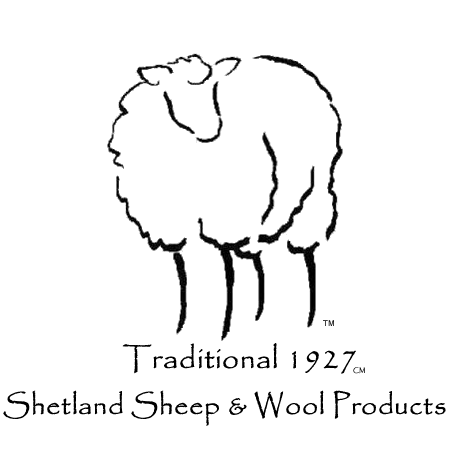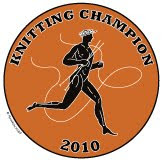Still, I have to try; that's just the kind of person I am. With that in mind, I got up close and personal with most of my lambs, looking for tell-tale signs of change and observing interesting (to me) differences.
First, the "plain brown wrapper" lambs, Beau and Barabbas. Barabbas, although out of a very pale musket ewe, looks to be Aa/Aa, or solid colored. Look at his dark nose leather and purse, below. No signs of Ag (agouti, the fading gene). If correct, this would mean that dam Owl Hill Butter is Ag/Aa, and sire Everranch Franjean is At/Aa - nice information to know.


Now compare the above to Valiant Brava's solid ram lamb Beau, below. Notice how much lighter Beau's nose leather is, and the lighter wool on the end of his purse. You can also see a few (very few) stray white hairs in his ears.

 So what is he? Musket? Fawn? Franjean is fawn, but I'm not sure about Brava. I registered her as a musket (Ag), but others think she is fawn instead (Aa/Aa with some sort of genetic modifier, theoretically identified as Mm, at work). Her little gulmoget might answer the question though. As I said yesterday, he is coming in quite light in the britch area, and it should soon be clear whether or not he is Ag/At (agouti/gulmoget). If he is, that would prove that Brava is Ag as well. Below is little Boo's nose:
So what is he? Musket? Fawn? Franjean is fawn, but I'm not sure about Brava. I registered her as a musket (Ag), but others think she is fawn instead (Aa/Aa with some sort of genetic modifier, theoretically identified as Mm, at work). Her little gulmoget might answer the question though. As I said yesterday, he is coming in quite light in the britch area, and it should soon be clear whether or not he is Ag/At (agouti/gulmoget). If he is, that would prove that Brava is Ag as well. Below is little Boo's nose:
How does his nose leather compare to the other two brown-based gulmogets'? See for yourself. Below is Bronwen's nose, followed by Bramble's:


Want me to further complicate things? I decided to look at Braveheart's and Browning's noses. Braveheart is a very light musket but carries solid (Ag/Aa) - proof of that is his dark moorit son Browning, our wether. Braveheart's nose (top, below) is predictably light, but Browning's (pictured second below) is not as dark as I expected!


So what do I know for sure? Not much. I am confident in registering Butter's son as a moorit, Bramble as a fawn gulmoget, Bronwen as a moorit gulmoget and Blackberry as a black gulmoget. But I'm going to wait awhile to make the call on Brava's twins - and I may still get it wrong!
That's it for now from . . .








5 comments:
Michelle --- is Cute a color??? They are definitely adorable.
The genetics fascinate me --- I understand so very little its not funny.
Good luck in your search for answers.
OK, I skimmed the science. My husband did his PhD in a genetics lab, but I kind of glaze over. But those lambs are just too adorable!
I didn't see an email link for you, so I'll confirm here that I am, indeed, a mature mom of a seven year old. I was just shy of 40 when he was born. Nice to internet-meet you!
What a nice bunch of noses. :) Cuties, every one of them - whatever their color.
Wow, such a subtle difference between some of them, but discernable none the less. Fascinating. Makes me glad, for the moment, that I only have Icelandics, since their color genetics is quite a bit simpler than Shetlands. I have to start somewhere!
And here I thought Shetlands and Icelandics had very similar genetics!
Post a Comment